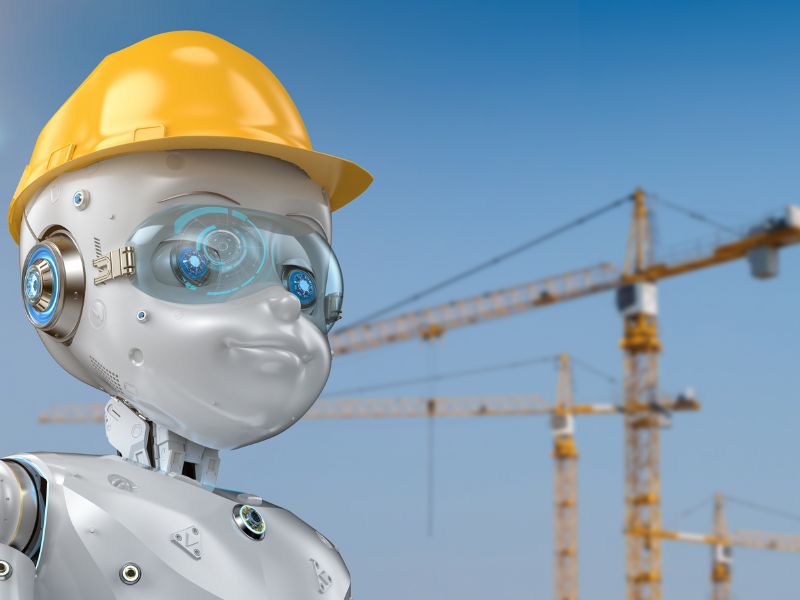The construction industry is on the brink of a technological revolution. One of the most promising advancements is the integration of robotics.
Anticipated changes and benefits for the industry
Automation of repetitive tasks
Robots have the potential to automate repetitive and labor-intensive tasks in construction, such as bricklaying, concrete pouring, and material handling. This automation can significantly reduce the physical strain on workers and enhance productivity by completing these tasks with speed and precision.
Enhanced safety measures
Safety is a top priority in construction, and robotics can help improve worksite safety. Robots can be deployed in hazardous environments or high-risk tasks, reducing the exposure of workers to potential dangers. They can also be equipped with sensors and AI technology to detect and respond to potential safety hazards.
Advanced data collection and analysis
Robotics can collect vast amounts of data during the construction process. This data can be analyzed to gain valuable insights, optimize construction workflows, and make informed decisions. For example, robots equipped with sensors can monitor structural integrity, identify defects, and ensure compliance with quality standards.
Augmented collaboration
Robots can work alongside human workers, augmenting their capabilities and facilitating collaboration. Collaborative robots, also known as cobots, can assist with heavy lifting, provide precision in delicate tasks, and enhance overall efficiency by working in tandem with human workers.
Potential benefits of robotics in construction
Increased productivity: Robotics can significantly improve construction productivity by reducing project timelines and increasing output. Robots can work around the clock without fatigue, ensuring continuous progress and faster project completion.
Improved quality and precision
Robots are capable of performing tasks with high precision and accuracy, leading to improved quality in construction. With their ability to follow pre-programmed instructions, robots can ensure consistent and reliable results, reducing errors and rework.
Cost savings
While the initial investment in robotics may be significant, the long-term benefits can result in cost savings. Increased productivity, reduced labor costs, minimized rework, and optimized resource utilization can contribute to overall project cost savings.
Upskilling the workforce
The integration of robotics in construction necessitates the upskilling of the existing workforce. Construction courses play a crucial role in preparing construction professionals for this shift. Through comprehensive training programs, employees can acquire the necessary skills to operate, maintain, and collaborate with robots effectively.
The future of robotics in construction holds great promise for the industry. Anticipated changes include the automation of repetitive tasks, enhanced safety measures, advanced data collection and analysis, and augmented collaboration. Prepare for the future of construction by investing in employee training. Construction Plant Training Services offers courses that empower professionals to adapt and excel in a robotics-driven industry. Embrace the transformative potential of robotics and equip your workforce with the expertise to succeed.







